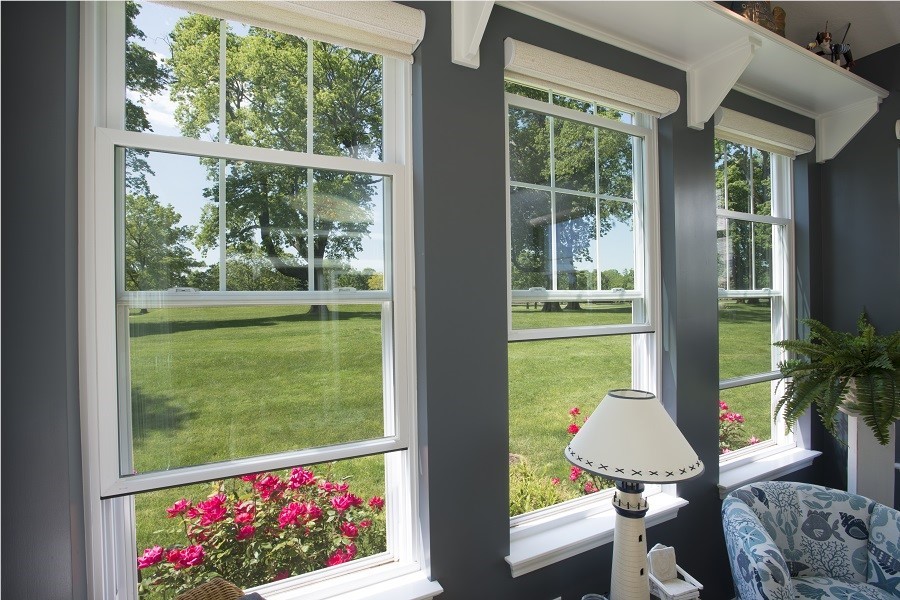Window terminology can be confusing when you’ve decided to replace some old drafty windows and are beginning to do your comparison shopping. You are quickly discovering that a replacement window has many parts, more than just glass and a frame, and the window terminology can get very confusing. In this article, we will go over a few of the more common window industry terms. 
Window Parts
Sash: The portion of a window that includes the glass and the framing sections directly attached to the glass, not to be confused with the complete frame into which the sash sections are fitted. Sill: The lowest horizontal member in a door, window, or sash frame. Frame: The fixed frame of a window which holds the sash or casement as well as hardware. Glazing: The glass or plastic panes in a window, door, or skylight. Header: The upper horizontal member of a window frame. Also called head. Bottom rail: The bottom horizontal member of a window sash Lift: Handle for raising the lower sash in a double-hung window. Also called sash lift. Light: A window; a pane of glass within a window. Double-hung windows are designated by the number of lights in upper and lower sash, as in six-over-six. Also spelled informally lite. Muntin: A secondary framing member (horizontal, vertical, or diagonal) to hold the window panes in the sash. This term is often confused with mullion. Mullion: A major structural vertical or horizontal member between window units or sliding glass doors.
Energy Efficient Window Terminology
Argon: An inert, nontoxic gas used in insulating glass units to reduce heat transfer. Gas fill: A gas other than air, usually argon or krypton, placed between window or skylight glazing panes to reduce the U-factor by suppressing conduction and convection. R-value: A measure of the resistance of a glazing material or fenestration assembly to heat flow. It is the inverse of the U-factor (R = 1/U) and is expressed in units of hr-sq ft-°F/Btu. A high-R-value window has a greater resistance to heat flow and a higher insulating value than one with a low R-value. U-factor (U-value): A measure of the rate of non-solar heat loss or gain through a material or assembly. It is expressed in units of Btu/hr-sq ft-°F. The U-factor may be expressed for the glass alone or the entire window, which includes the effect of the frame and the spacer materials. The lower the U-factor, the greater a window's resistance to heat flow and the better its insulating value.Educating yourself in window terminology and learning about all of your options is a great way to ensure that you are getting the best window for your budget and your home. Still confused? Let us know in the comment section below, we’re happy to answer all your questions!
Thinking about replacement windows for your home? Check out our website for more details
Tags
Subscribe to Joyce's Blog







Comments